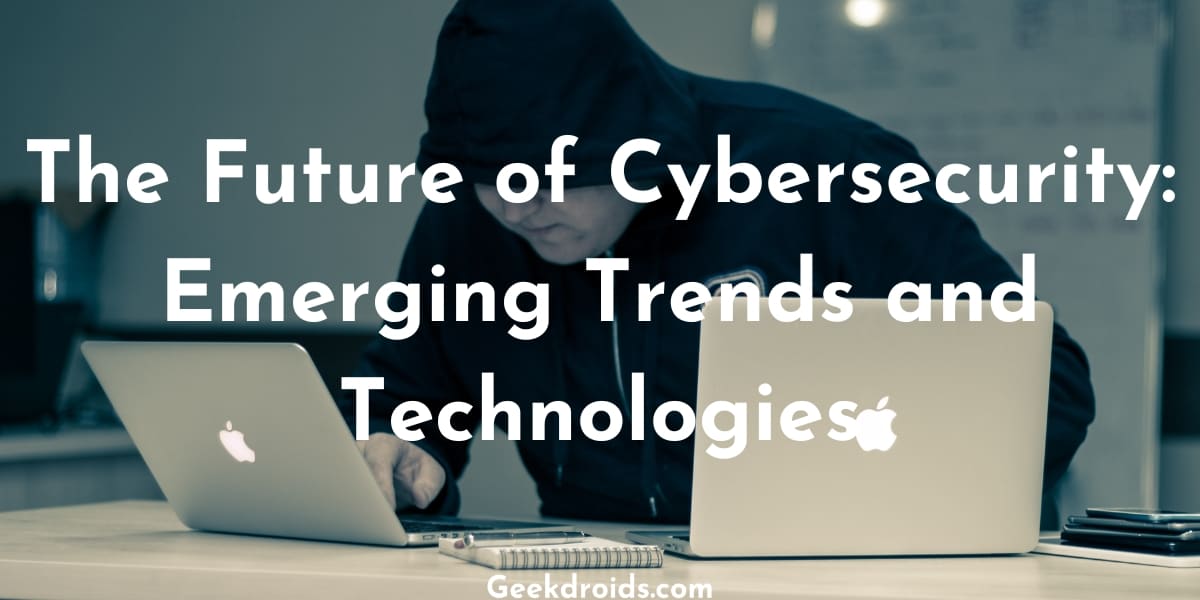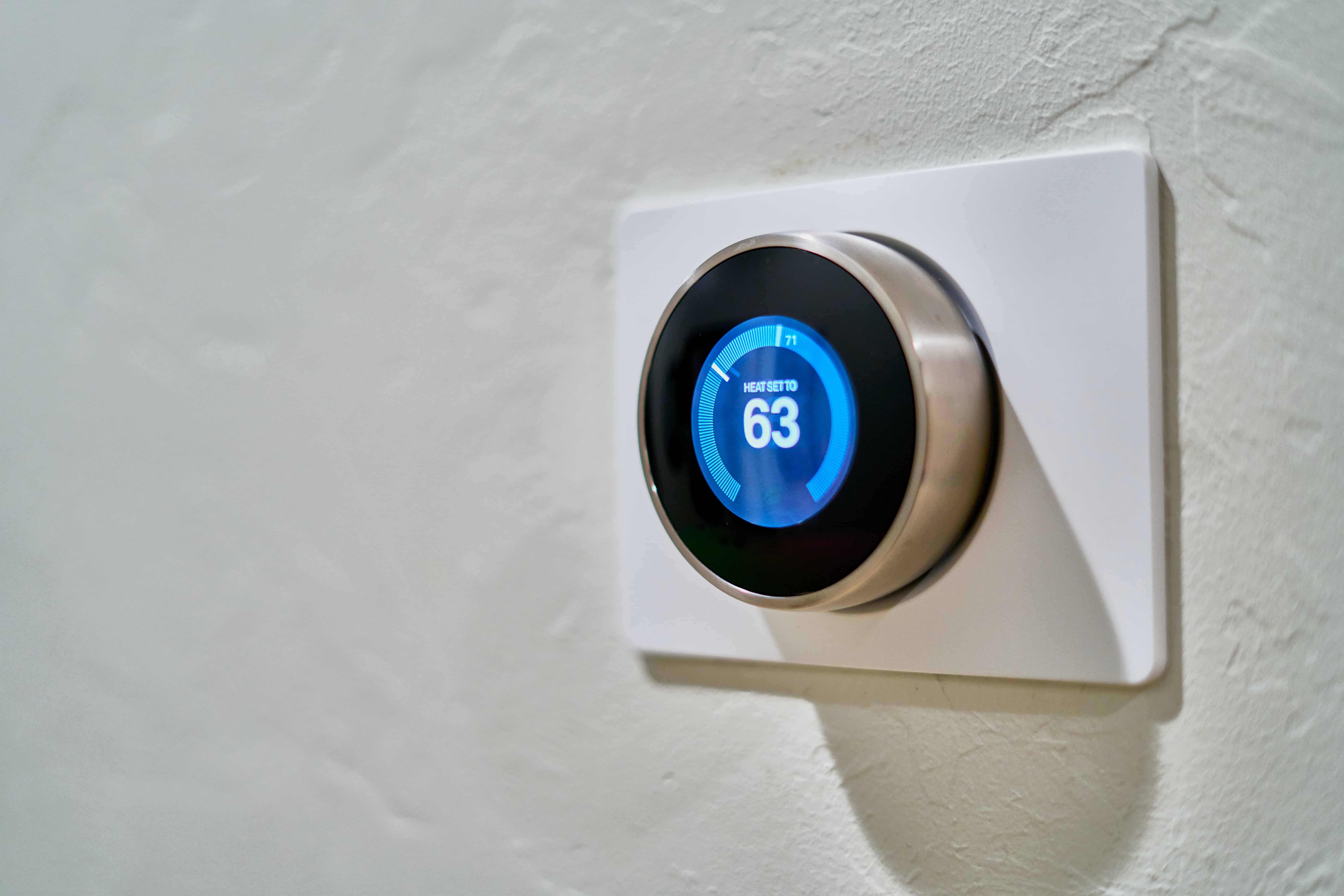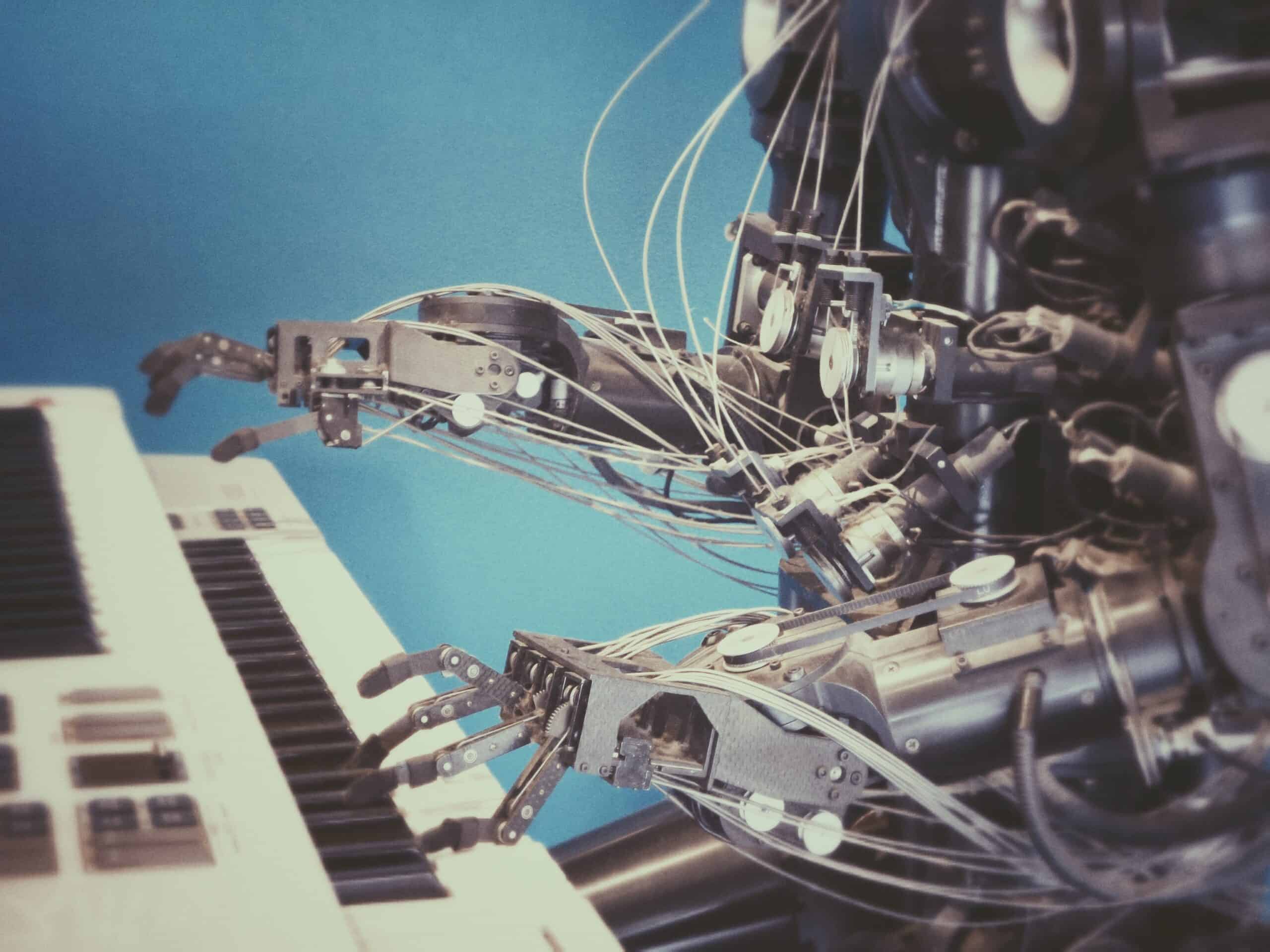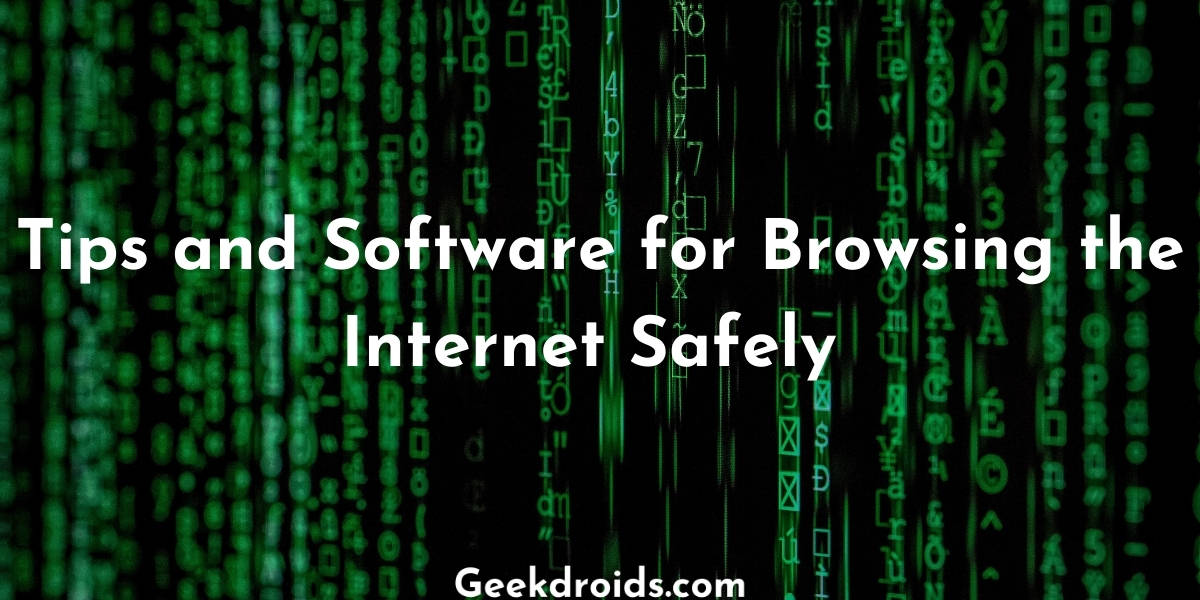New technologies are rapidly transforming the informational ecosystem. This is creating unique environments for malicious actors to exploit.
Human security professionals can’t keep pace with a growing threat landscape on their own. They’re playing Whac-A-Mole against bad guys who have automation on their side.
McKinsey is helping global organizations to reinforce their defenses by taking a proactive, forward-looking approach. We explore three emerging cybersecurity trends with significant implications for the future.
Machine Learning and Artificial Intelligence
Page Contents
In a world that is increasingly connected and dependent on digital technologies, cyber attacks are getting more sophisticated.
Malicious actors are diligently researching, planning and improving their capabilities to steal, hijack, and disrupt systems. The technology-led revolution, dubbed Industry 4.0, is accelerating and bringing with it smart devices, robots, industrial IoT, AI, cloud and advanced cyber-physical systems (CPS).
While these advancements are creating new business opportunities and improving productivity, they are also opening doors for hackers.
Using AI, attackers can now plan and execute targeted attacks at unprecedented scale, speed, and sophistication. They can even use automated hacking tools to attack and gain control of devices or applications.
Gone are the days when hackers were merely motivated by vengeance, quick money or extracting confidential data. Cybercrime has now evolved to include attacks on critical infrastructures for economic, political or military gains.
AI is playing a vital role in the cybersecurity landscape, from powering antivirus software to detecting hackers. The security solutions are able to analyze huge amounts of data and make decisions faster than humans can.
This helps in identifying and mitigating risks such as phishing attacks, malware variants and other threats.
Cybersecurity companies are adopting ML and AI to create more robust, comprehensive, and scalable solutions. These are helping them automate compliance and governance processes, detect anomalies in system traffic, improve threat intelligence and more.
AI-powered security orchestration and automation are also making it easier to manage a large number of devices, detect anomalies in system behavior and respond to incidents quickly.
As cyberattacks become more sophisticated and widespread, enterprises need to adopt a forward-looking approach to cybersecurity. This involves training of their staff, integrating AI with their security operations centers (SOCs) to automatically predict, detect, avoid and fight threats.
This will allow organizations to scale their defenses and stay ahead of the curve.
The McKinsey Global Institute predicts that more and more companies will adopt this approach in the coming years as they recognize the need for a change in their cybersecurity strategies. A failure to adopt this approach will mean that companies are left vulnerable to a variety of emerging cyber threats.
Quantum Computing
Cybersecurity is a critical component for any business, large or small. As companies increasingly rely on computerized systems to operate, the need for sophisticated cybersecurity measures grows.
Despite this, hackers are constantly evolving and finding new ways to attack corporate networks and steal data. In fact, the stereotypical hacker working alone is no longer the main threat—hackers are now well-organized criminal enterprises with institutional hierarchies and R&D budgets.
This means that the average enterprise must be ready for a whole new set of threats.
Quantum computing is one such emerging technology that is rapidly transforming the future of cybersecurity. Quantum computers use the principles of quantum physics—superposition and entanglement—to overcome the limitations of current computing techniques.
In essence, quantum computing can perform multiple tasks simultaneously and can process exponentially more data than conventional computers.
This could lead to revolutionary advances in areas such as new drug discovery, financial trading and analysis, DNA research and supply chain management systems.
The most controversial application of quantum computing is its ability to break public key encryption, which is a staple of effective cybersecurity.
For example, RSA encryption relies on the fact that factoring a number takes an infinite amount of time on a classical computer. However, a quantum computer with thousands of error-free qubits would be able to crack RSA in seconds.
This is why the National Institute of Standards and Technology (NIST) is seeking new encryption algorithms that can withstand attacks by quantum computers.
Quantum machine learning may help to improve traditional cybersecurity by reducing the computational cost of identifying and blocking novel cyberattacks. This is because it will enable exponentially faster and more energy-efficient machine learning models.
However, it is important to remember that quantum computers will not be widely available in the near future. Therefore, businesses should begin to develop and implement a comprehensive strategy now that includes both proactive and reactive cybersecurity solutions.
This should include a focus on basic cybersecurity hygiene, as cryptography is only part of the security equation.
Many organizations should consider establishing an Innovation Lab to allow their teams to experiment with emerging technologies and new approaches to security.
This will give the organization a chance to develop an innovative and proactive approach to cybersecurity that will protect their valuable data from cyberattacks in the future.
Internet of Things (IoT)
With the advancement of IoT technology, it is now possible to connect almost any object to a network. Everything from kitchen appliances to cars and thermostats to baby monitors can now be connected to the Internet via embedded devices.
This allows these objects to communicate with each other without the need for human intervention and to offer users more convenience, efficiency, and safety. But this comes with a cost – hackers can easily exploit these interconnected devices to gain access to a company’s network.
Cybersecurity threats will continue to rise in the future. Cybercriminals are already using IoT devices to steal data and access sensitive information from businesses.
IoT devices are particularly attractive to hackers as they can be deployed in large numbers and provide easy entry points into a business’s network. The good news is that security solutions are improving, and businesses can take several steps to keep their systems secure.
The first step is to deploy a robust Internet of Things (IoT) security solution that can identify and protect IoT devices on the network. It is also important to implement a data encryption solution that can protect the integrity of IoT device data, even if the device is hacked.
Businesses should also consider implementing Federated Machine Learning (FML) to improve security. FML uses a cloud-based infrastructure to process data, while the actual machine learning takes place locally on each IoT device.
A good IoT cybersecurity solution will also be able to identify potential attacks and stop them before they cause serious damage.
The solution should be able to detect anomalous behavior and respond to threats with a combination of automated and manual measures. This will include identifying and remediating existing vulnerabilities, providing regular firmware updates, alerting, reporting, and training and upskilling programs for IT teams.
Having a well-established cybersecurity strategy will help keep your business safe from the most sophisticated threats. In addition, you should always check and update the default privacy and security settings on your IoT devices.
This will help prevent cybercriminals from exploiting them for their own malicious purposes.
Robotics
Cyber criminals are constantly gaining access to newer technologies to launch sophisticated attacks. These attacks can have a profound impact on an organization and its brand. As a result, cybersecurity has become a top priority for many organizations.
According to Wipro, 65 percent of organizations are now tracking regulatory compliance, while 49 percent of C-level executives in Deloitte’s “Future of Cybersecurity Survey 2019” report that cyber security issues are on the board’s agenda at least quarterly.
Robotics is an area of growing importance in the future of cybersecurity. These devices are used in numerous applications from factory work to search and rescue missions after natural disasters.
They are also being used in military operations to deploy and defuse landmines. However, robotics have several weaknesses and risks.
For example, they can be easily infected with malware, which could lead to lethal injuries to humans or disruption of critical infrastructure. In addition, hackers can steal sensitive data from these systems.
Furthermore, some manufacturers leave, on purpose, a backdoor to monitor and track the activities of their robotic systems without the owner’s knowledge. Worm attacks such as Stuxnet, Flame, and Gauss are designed to attack industrial control systems and have been deployed by state-sponsored hackers for military and economic gain.
As a result of these risks, there is an increasing need for companies to focus on improving the security of their robots. This includes the implementation of zero trust security models and stronger encryption algorithms. It is also important for companies to have a plan for when a robot is compromised.
Despite the advances in artificial intelligence, the fight against cybercrime is far from over. The erosion of trust online is poised to deepen, undermining offline relationships and institutions at a time when we need to work together to tackle major global problems like climate change.
We must continue to invest in preventing cyberattacks and promoting good digital hygiene. Otherwise, we may find ourselves unable to recover from the losses caused by cybercriminals.
This is why it’s essential to stay up to date on emerging cybersecurity trends and technologies.







